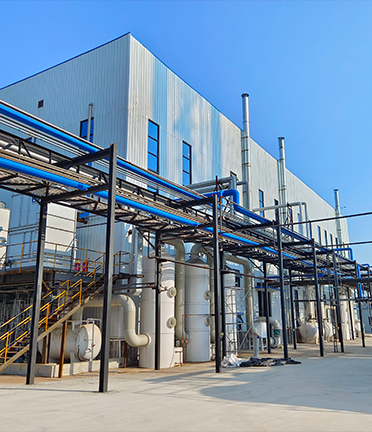Exploring Various Categories of Flocculants and Their Applications in Water Treatment Processes
Different Types of Flocculants Understanding Their Roles and Applications
Flocculants play a crucial role in various industrial and environmental processes by facilitating the aggregation of small particles into larger flocs, which can then be easily removed from liquids. These chemical agents are widely used in water treatment, mining, pulp and paper production, and other applications where separation of solids from liquids is necessary. Understanding the different types of flocculants and their specific uses can help industries optimize their processes and achieve better results.
Flocculants can be broadly classified into two categories organic flocculants and inorganic flocculants
.1. Organic Flocculants
Organic flocculants are predominantly synthetic polymers, known for their efficiency in binding small particles and enhancing sedimentation. Their molecular structure can be tailored to achieve specific properties, which is advantageous for targeting various types of particles in different environments. Common types of organic flocculants include
- Polyacrylamides These are among the most widely used organic flocculants. They can be categorized into anionic, cationic, and non-ionic types, depending on their charge. Anionic polyacrylamides are effective for negatively charged particles, while cationic variants work well with positively charged particles. Their versatility makes them suitable for wastewater treatment and mining operations.
- Natural Polymers These include substances like starches, cellulose derivatives, and proteins derived from renewable sources. Natural flocculants are often favored for their biodegradability and lower toxicity, making them suitable for environmentally sensitive applications, such as drinking water treatment and food processing.
2. Inorganic Flocculants
different types of flocculants

Inorganic flocculants are typically metallic salts that help destabilize particles in suspension, causing them to aggregate. They are known for their cost-effectiveness and rapid action. Major types of inorganic flocculants include
- Aluminum Sulfate (Alum) One of the most common inorganic flocculants, alum has been used for decades in water purification processes. It effectively lowers the turbidity of water by clumping fine particles and facilitating their removal through sedimentation.
- Ferric Chloride This flocculant is particularly effective in removing color and odor from water. Ferric chloride works by neutralizing the negative charges on the particles, allowing them to coalesce and settle. Its use is common in municipal water treatment and industrial effluent management.
- Calcium Hydroxide Often used in combination with other flocculants, calcium hydroxide helps increase the pH of water and enhances the coagulation process, making it efficient in treating wastewater.
Applications and Considerations
The choice of flocculant depends on various factors including the nature of the solid particles, the composition of the liquid, and the desired outcome of the treatment process. For instance, in wastewater treatment, the selection between organic and inorganic flocculants may depend on the specific contaminants present and regulatory requirements for effluent quality.
Environmental considerations are also paramount. While synthetic flocculants are effective, there is growing concern regarding their potential impact on ecosystems. Consequently, the trend is shifting toward more sustainable options, such as natural polymers, which offer similar benefits with lower environmental risks.
In conclusion, flocculants are essential agents in numerous applications ranging from water treatment to industrial processing. By understanding the different types available and their specific properties, industries can make informed decisions that enhance both efficiency and environmental safety. The continued research and development in this field promise innovations that could lead to even more effective and sustainable flocculant solutions in the future.
-
Water Treatment with Flocculant Water TreatmentNewsJun.12,2025
-
Polymaleic AnhydrideNewsJun.12,2025
-
Polyaspartic AcidNewsJun.12,2025
-
Enhance Industrial Processes with IsothiazolinonesNewsJun.12,2025
-
Enhance Industrial Processes with PBTCA SolutionsNewsJun.12,2025
-
Dodecyldimethylbenzylammonium Chloride SolutionsNewsJun.12,2025





